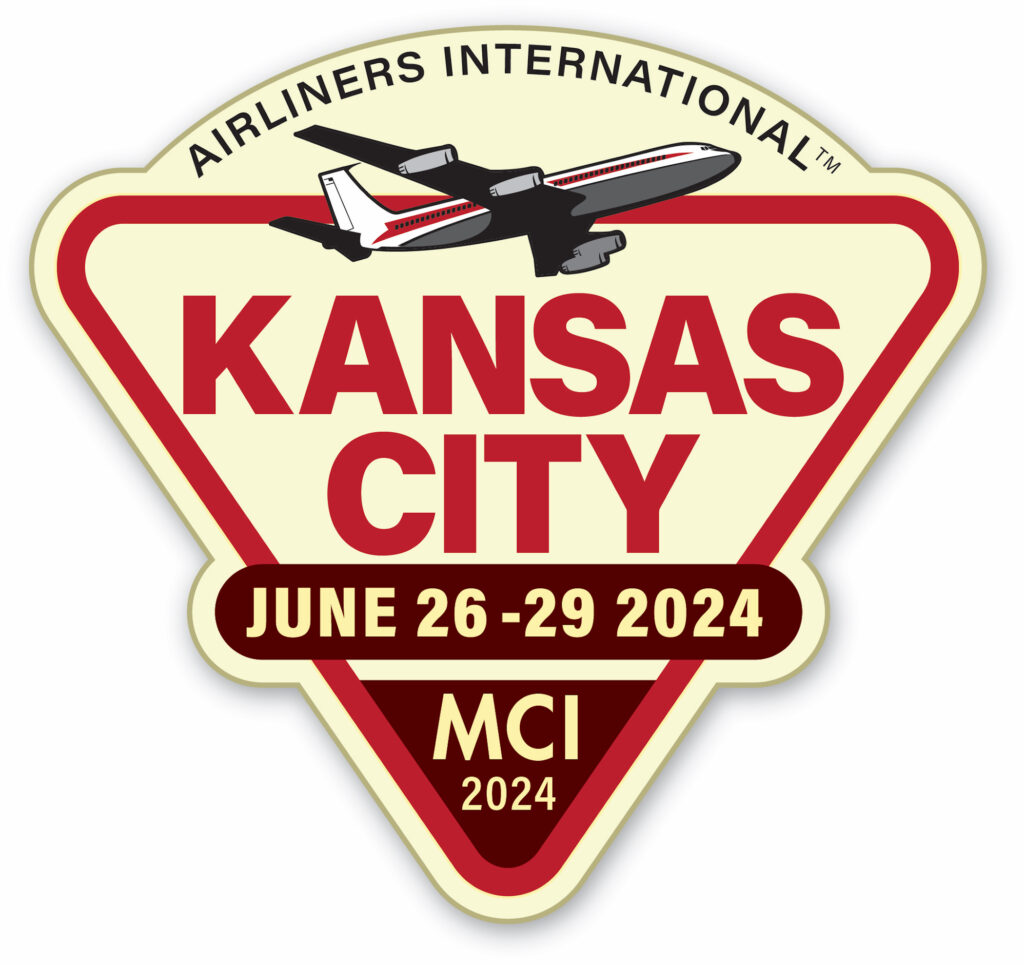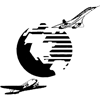
The Republic XF-12 Rainbow: The Airliner That Never Was
Written by Robert G. Waldvogel
The Republic Rainbow was an example of a Long Island-spawned airliner that had significant potential, but never materialized in reality.

The Republic Aviation Corporation itself traces its roots to Seversky Aircraft, which was established by the Russian emigre of the same name. Possessing a sixth sense for high-speed aerodynamic designs, he produced the P-35 fighter that set speed records and won racing awards. He subsequently relocated to Farmingdale facilities.
Despite his design capability, his business and marketing talents were severely lacking, resulting in abysmal sales and prompting his Board of Directors to ironically vote him—the company’s founder—out during a 1938 sales trip to England.
Reorganized and renamed the Republic Aviation Corporation, this action proved the necessary tactic to reverse its fortunes, leading to Army Air Corps orders for its P-43 Lancer fighter. The company was synonymous, however, with the P-47 Thunderbolt, which was nicknamed “The Jug.” Republic produced the first piston aircraft able to achieve a 400-mph speed and notched up sales that almost reached the 10,000-mark, as the company became the second-largest fighter supplier to the Air Corps.
Also reflecting this speed capability was the XF-12 Rainbow. Designed to fulfill the Army Air Corps’ Air Tactical Service Command’s needs for a high-speed and -altitude reconnaissance aircraft, particularly to record enemy installations over Japan, the streamlined, quad-engine, low-wing aircraft, emulating the graceful lines of the Lockheed Constellation, had commercial airliner potential.

“The Rainbow, with a design altitude of 40,000 feet, a payload of 12,000 pounds, and a cruising speed of about 400 mph, held out great promise,” according to R. E. G. Davies in Airlines of the United States since 1914. (Smithsonian Institution Press, 1998, p. 328). “Pan American and American Airlines placed provisional orders. But severe problems with the engine and controls caused abandonment of the project.”
First flying on February 4, 1946, the original military version was powered by four 3,250-hp Pratt and Whitney R-4360-61 engines equipped with sliding cowlings that increased their capability by 250 hp at altitude. Lift was provided by high-aspect ratio, straight-tapered, square-tipped wings, which had a 129.2-foot span. Its cabin was subdivided into three aft photographic compartments.
Its statistics were, for the time, staggering: a 101,400-pound gross weight, 5,000-fpm climb rate, 45,000-foot service ceiling, 470-mph maximum speed, and a 4,500-mile range.
The RC-2, its commercial counterpart, would have introduced a five-foot fuselage stretch, a 46-passenger capacity, a lounge, a galley, uprated engines, and an increased fuel capacity. It would have been a serious—and superior-performance—contender as a transcontinental airliner in competition with the Lockheed Constellation itself and the Douglas DC-6.
“Officially designated the Republic XF-12, the Rainbow was a sleek, needle-nosed speedster, whose specifications called for a 400-mph cruising speed, nonstop transatlantic range, a then-unheard-of altitude capability of 40,000 feet, and a passenger capacity of 46,” according to Robert J. Serling in Eagle: The Story of American Airlines. New York: (St. Martin’s/Marek, 1985, p. 197).

The RC-2’s engine difficulties, a rise in its acquisition price, and the lower operating costs of widely available, war-surplus C-54s (the military version of the DC-4), resulted in the cancellation of American’s and Pan American’s provisional orders.
Still-born and little known, the RC-2, like the Lockheed L-1049 and the Douglas DC-7, would have represented the pinnacle of pistonliner development, but its later-than-optimum appearance robbed it of military contract cost advantages, leaving the two XF-12s as the only metal expressions of the design. As a result, Long Island lost its last chance of ever competing with the West Coast aircraft manufacturing giants.
Republic Rainbow Images: Wiki Commons
Trackback from your site.


